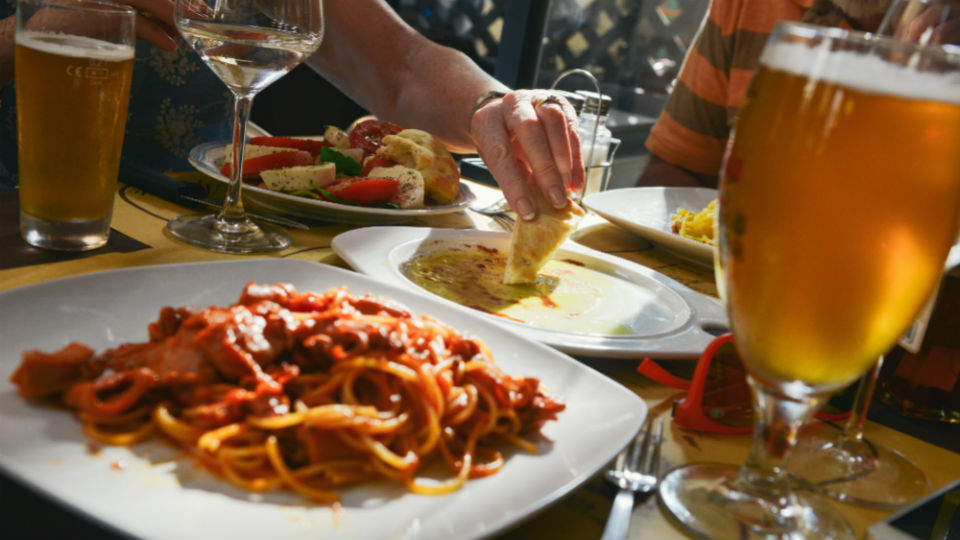Adverse reactions to food affect an estimated 20 percent of the population worldwide. Not all of these reactions are true allergies, but many are. Current research into the mechanism offers hope for treatment beyond a lifetime of avoiding the problem food.
In young children, the most common food allergies are to cow's milk, egg, peanut, wheat, soy, tree nuts, fish, and shellfish. Allergies to peanut, tree nuts, and seafood are often permanent, but most children develop tolerance to the other foods by school age.
Oral and sublingual immunotherapy are treatments intended to retrain the immune system to ignore allergenic foods. In oral therapy, the patient simply eats very small but increasing doses of the food. Promising results have been found for milk and egg allergies in children. In sublingual immunotherapy, the patient holds the food under the tongue for one to two minutes before swallowing it. Adults with hazel nut allergy increased their tolerance from 2.3 g to 11.6 g in a clinical trial. But please don't try this without consulting a doctor. Food allergies cause 15,000 emergency room visits per year for anaphylaxis, which is a life-threatening condition. Most fatal food-related anaphylaxis cases are adolescents or young adults with previous histories of milder reactions to the problem food. Women age 15 to 30 are at risk for anaphylaxis induced by exercise 2 to 4 hours after eating a food they are allergic to, usually seafood or wheat.
Another approach, still in the experimental stages, is recombinant engineering of food proteins to retrain the immune system. Promising results have been seen with peanut-sensitized mice.
Non-specific immunotherapies aim to reduce the amount of the cytokine IgE available to trigger allergic responses. The asthma drug omalizumab (Xolair) is in clinical trials for peanut allergies. An experimental anti-IgE drug denoted as TNX-901 was successful in reducing peanut allergies in human volunteers, but 25% of the participants failed to respond.
See your allergist for the latest news.
References:
Skripak JM et al, “Towards a cure for food allergy”, Curr Opin Immunol. 2008 Dec; 20(6): 690-696.
Mansueto P et al, “Food allergy in gastroenterologic diseases: Review of literature”, World J Gastroenterol 2006 Dec 28; 12(48): 7744-52.
Linda Fugate is a scientist and writer in Austin, Texas. She has a Ph.D. in Physics and an M.S. in Macromolecular Science and Engineering. Her background includes academic and industrial research in materials science. She currently writes song lyrics and health articles.






Add a Comment1 Comments
Wow, Linda, 20 per cent of the world's population having adverse food reactions is an awful lot of people. It's good to know efforts are underway to mitigate this and help people. Thanks for providing this information. Pat
January 14, 2010 - 6:42pmThis Comment